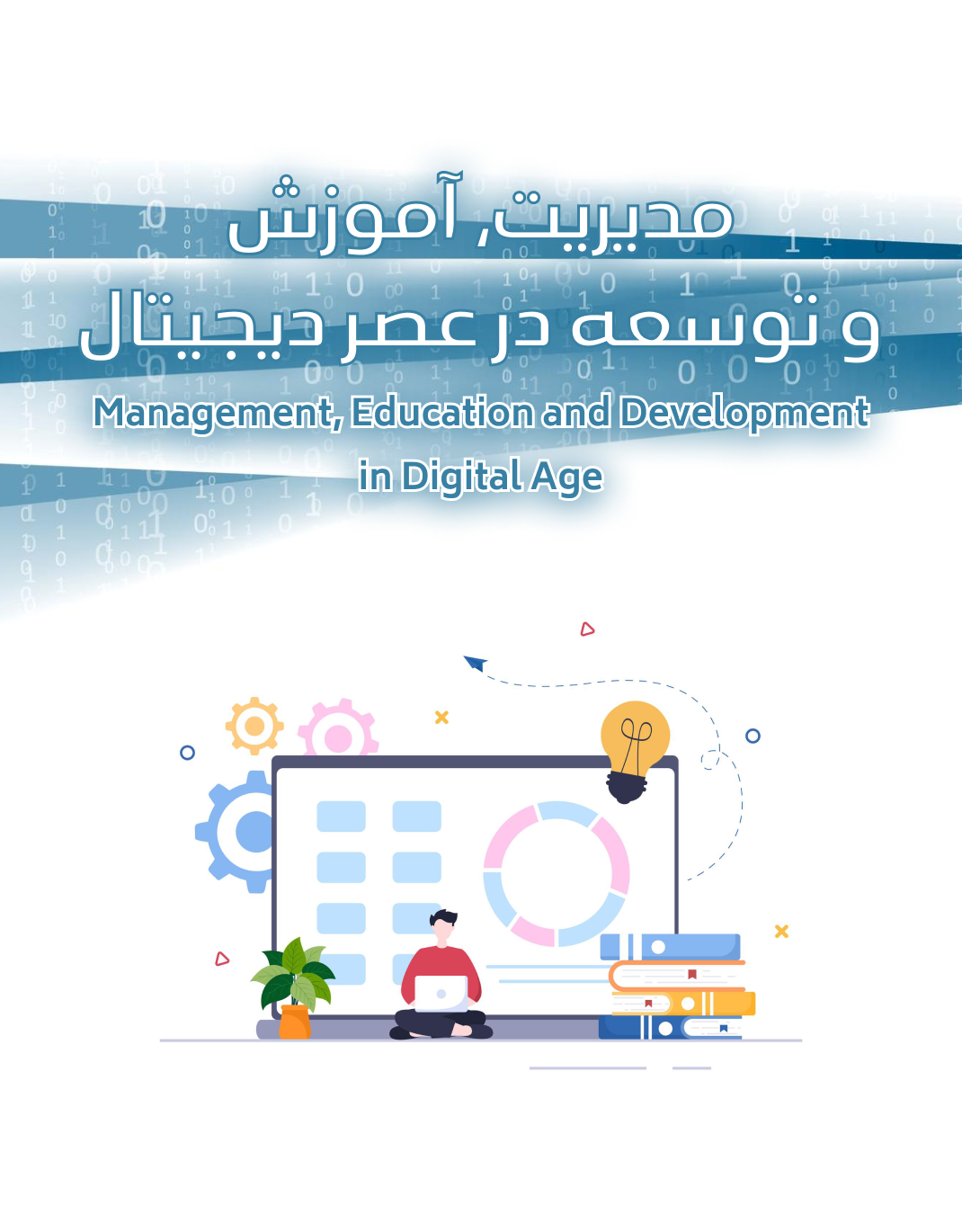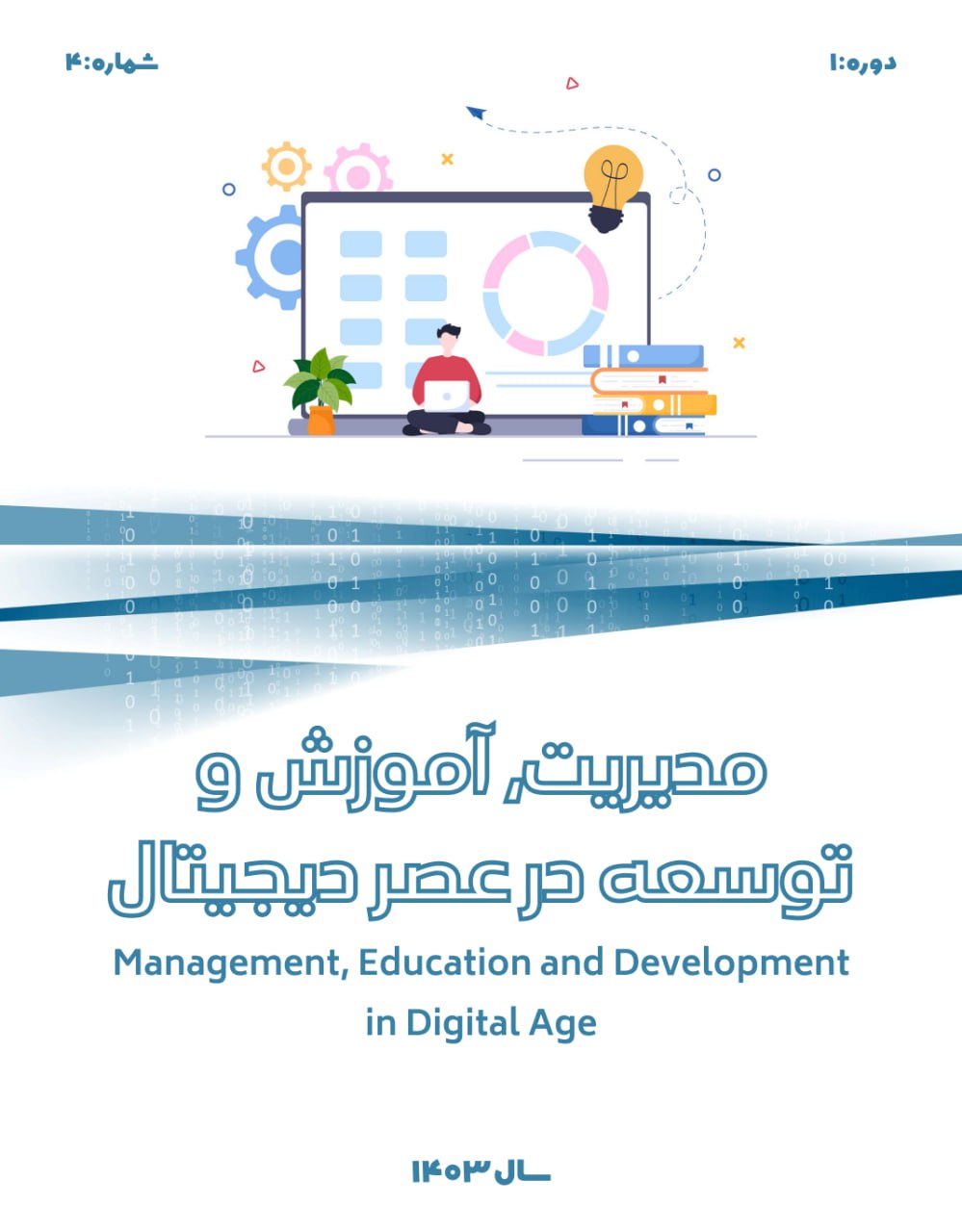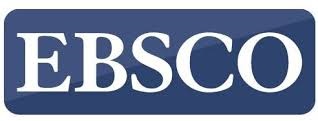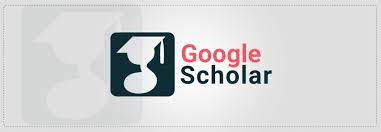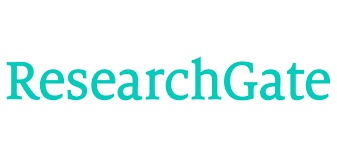Proposing a Government-Supportive Development Model in the Cultural Domain Using a Mixed-Methods Approach
Keywords:
Budget and financial resources, policy and laws, infrastructure and facilities, Education and research, promotion and advertising, and support for artists and cultural activistsAbstract
The present study aimed to propose a government-supportive development model in the cultural domain. The research employed a mixed-methods approach. Participants in the qualitative phase included 16 individuals comprising academic elites and senior managers from the Ministry of Culture and Islamic Guidance, who met the criteria of holding relevant academic backgrounds, having more than 10 years of professional experience, and being knowledgeable in the field of cultural policymaking. In the quantitative phase, the statistical population for the fuzzy Delphi technique—used to screen dimensions, components, and indicators of the study and to determine their significance—consisted of 12 selected experts. Furthermore, in the subsequent stage of the quantitative phase, the statistical population included senior managers of the Ministry of Culture and Islamic Guidance, from which 128 individuals were selected using simple random sampling. The data collection instruments included semi-structured interviews for the qualitative phase and a researcher-made questionnaire derived from the qualitative findings for the quantitative phase. For data analysis, the study employed thematic framework analysis and thematic network analysis using MAXQDA software in the qualitative phase. In the quantitative phase, fuzzy Delphi, confirmatory factor analysis (CFA), and the Best-Worst Method (BWM) were used for prioritization, employing SPSS, Smart PLS, and LINGO software. In total, 191 initial codes were extracted from the interview texts, resulting in 57 basic themes related to the development model of government support in the cultural domain. These were subsequently categorized into 17 organizing themes. In the final phase of the analysis, 6 overarching themes emerged based on the organizing themes: budget and financial resources, policymaking and regulations, infrastructure and facilities, education and research, promotion and advertisement, and support for artists and cultural practitioners. According to the fuzzy Delphi results, all factors of the proposed development model for government support in the cultural field were considered significantly important and approved by the domain experts. Subsequently, the path analysis technique revealed that the significance values for all paths between variables exceeded 1.96, and their corresponding significance levels were below 0.05 and even 0.01, indicating that all hypothesized relationships were statistically significant. The prioritization of the indices in the proposed model showed that the dimension of budget and financial resources ranked first with a weight of 0.287; infrastructure and facilities ranked second with a weight of 0.243; policymaking and regulations ranked third with a weight of 0.151; support for artists and cultural practitioners ranked fourth with a weight of 0.139; education and research ranked fifth with a weight of 0.101; and promotion and advertisement ranked sixth with a weight of 0.079.
Downloads
References
Ansari, M. R., Ghayoumi, A. A., Salehi Amiri, S. R., Azizabadi Farahani, F., & Ghadami, M. (2021). Presenting a Cultural Policy-Making Model with a Transformational Approach (Case Study: Islamic Azad University, Science and Research Branch, Tehran). Strategic Studies in Public Policy, 11(39), 46-66. https://sspp.iranjournals.ir/article_245873.html?lang=en
Azhdari, L., Farhangi, A. A., Salehi Amiri, S. R., & Soltanifar, M. (2018). Pathology of Cultural Diplomacy in the Islamic Republic of Iran and Proposed Strategies. Social-Cultural Strategy, 7(3), 123-159. https://rahbordfarhangi.csr.ir/article_117831.html?lang=en
Belfiore, E. (2002). Art as A Means of Alleviating Social Exclusion: Does It Really Work? A Critique of Instrumental Cultural Policies and Social Impact Studies in the UK. International Journal of Cultural Policy, 8(1), 91-106. https://doi.org/10.1080/102866302900324658
Cullerton, K., Donnet, T., Lee, A., & Gallegos, D. (2016). Playing the policy game: a review of the barriers to and enablers of nutrition policy change. Public Health Nutrition, 19(14), 2643-2653. https://doi.org/10.1017/S1368980016000677
Cullerton, K., Donnet, T., Lee, A., & Gallegos, D. (2018). Effective advocacy strategies for influencing government nutrition policy: a conceptual model. International Journal of Behavioral Nutrition and Physical Activity, 15, 83. https://doi.org/10.1186/s12966-018-0716-y
Engelstad, F. (2017). A Power Elite in the Cultural Field. A Story of Norwegian neo-corporatism. International Journal of Cultural Policy, 23(5), 527-544. https://doi.org/10.1080/10286632.2015.1084297
Entezari, A., & Derakhshan, F. (2022). Policy Analysis in the Economics of Culture. Applied Sociology, 33(1), 1-34. https://jas.ui.ac.ir/article_26041.html?lang=en
Gray, C. (2008). Instrumental Policies: Causes, Consequences, Museums and Galleries. Cultural Trends, 17(4), 209-222. https://doi.org/10.1080/09548960802615349
Gray, C., & Wingfield, M. (2011). Are governmental culture departments important? An empirical investigation. International Journal of Cultural Policy, 17(5), 590-604. https://doi.org/10.1080/10286632.2010.549559
Lluís, B., & Emmanuel, N. (2018). The participatory turn in cultural policy: Paradigms, models, contexts. Poetics, 66, 64-73. https://doi.org/10.1016/j.poetic.2018.02.006
Mahdavi, S. M. H., Yazdani Zazerani, M. R., & Golshani, A. (2019). Pathology of Cultural Development Policymaking in the Fifth Development Plan of the Islamic Republic of Iran. Iranian Political Sociology Monthly, 2(4), 2653-2664. https://jou.spsiran.ir/article_169337.html?lang=en
Mehdipour, F. (2020). A Model of Three-Base Instruments for Implementing Cultural Policy. Public Policy in Management, 11(3), 31-47. https://en.civilica.com/doc/1739669/
Meyrick, J., & Barnett, T. (2017). Culture without "world": Australian cultural policy in the age of stupid. Cultural Trends, 26(2), 107-124. https://doi.org/10.1080/09548963.2017.1323840
Mickov, B. (2023). The Cultural Sector and Sustainable Economic Development: Innovation and the Creative Economy in European Cities. Routledge. https://doi.org/10.4324/9781003336648
Moghtadaei, M., & Azghandi, A. (2016). Pathology of Cultural Policymaking in the Islamic Republic of Iran. Specialized Quarterly of Political Science, 12(34), 7-26. https://journals.iau.ir/article_528290.html?lang=en
Onyx, J., Armitage, L., Dalton, B., Melville, R., Casey, J., & Banks, R. (2010). Advocacy with gloves on: the "manners" of strategy used by some third sector organizations undertaking advocacy in NSW and Queensland. VOLUNTAS: International Journal of Voluntary and Nonprofit Organizations, 21(1), 41-61. https://doi.org/10.1007/s11266-009-9106-z
Rahmanizadeh Dehkordi, H. R. (2022). A Prelude to the Pathology of Decision-Making in Governmental Institutions with Emphasis on the State. Government Studies, 8(30), 163-196. https://ensani.ir/fa/article/516869/
Ratiu, D. E. (2009). Cultural Policy and Values: Intrinsic versus Instrumental? The case of Romania. The Journal of Arts Management, Law, and Society, 39(1), 24-44. https://doi.org/10.3200/JAML.39.1.24-44
Schuster, J. E., Rocha, L., Sevillano, A., Green Johnson, F., & Gerlach, J. (2021). ADVOCATE: A Legislative Advocacy Model for Counseling Students. Teaching and Supervision in Counseling, 3(1), 88-99. https://doi.org/10.7290/tsc030109
Skillman, A. E. (2020). Building Community Self-Esteem: Advocating for Culture. Folklore, 131(3), 229-243. https://doi.org/10.1080/0015587X.2020.1772577
Sohrabi, H., & Ghasemi Pirbalouti, M. A. (2023). Evaluating the Performance of the Sixth Development Plan in Public Culture, Art, and Creative Industries and Lessons for the Seventh Development Plan. Monthly Expert Reports of the Parliament Research Center, 31(4), 1-7. https://rc.majlis.ir/fa/report/show/1777054
Soleimani, T., Samet, A., & Ghayoumi, A. A. (2022). Presenting a Cultural Policy Model to Strengthen (Enhance) the Cultural Identity of Youth in Ilam Province. Ilam Culture Quarterly, 23(76-77), 63-80. https://www.farhangeilam.ir/article_169584.html
UNESCO. (2010). Advocacy toolkit: A guide to influence decision that improve children's lives. United Nations Children's Fund, New York. https://www.right-to-education.org/resource/advocacy-toolkit-guide-influencing-decisions-improve-childrens-lives
Wahba, S., & Chun, Y. (2021). Orange is the new colour of city competitiveness: The role of local governments in promoting cultural and creative industries. Journal of Urban Regeneration and Renewal, 15(2), 136-149. https://doi.org/10.69554/YLYW9891
Zare, R., & Safari, M. (2023). Designing a Social Support Model for Poor Children Under the Coverage of Welfare Organizations (Case Study: Imam Khomeini Relief Foundation, Razavi Khorasan Province). Khorasan Socio-Cultural Studies, 14(4), 1-20. https://www.farhangekhorasan.ir/article_181622.html
Zargham Afshar, M. T., Sheikhi, S., & Ghaydar Lou, K. (2023). Pathology of Policymaking in Iran with Emphasis on Social Affairs. Monthly Expert Reports of the Parliament Research Center, 31(2), 1-30. https://rahbordfarhangi.csr.ir/article_171479.html
Downloads
Published
Submitted
Revised
Accepted
Issue
Section
License
Copyright (c) 2025 حمید رضوی نیا (نویسنده); محمد علی نسیمی; محمد حسن نسیمی (نویسنده)

This work is licensed under a Creative Commons Attribution-NonCommercial 4.0 International License.
